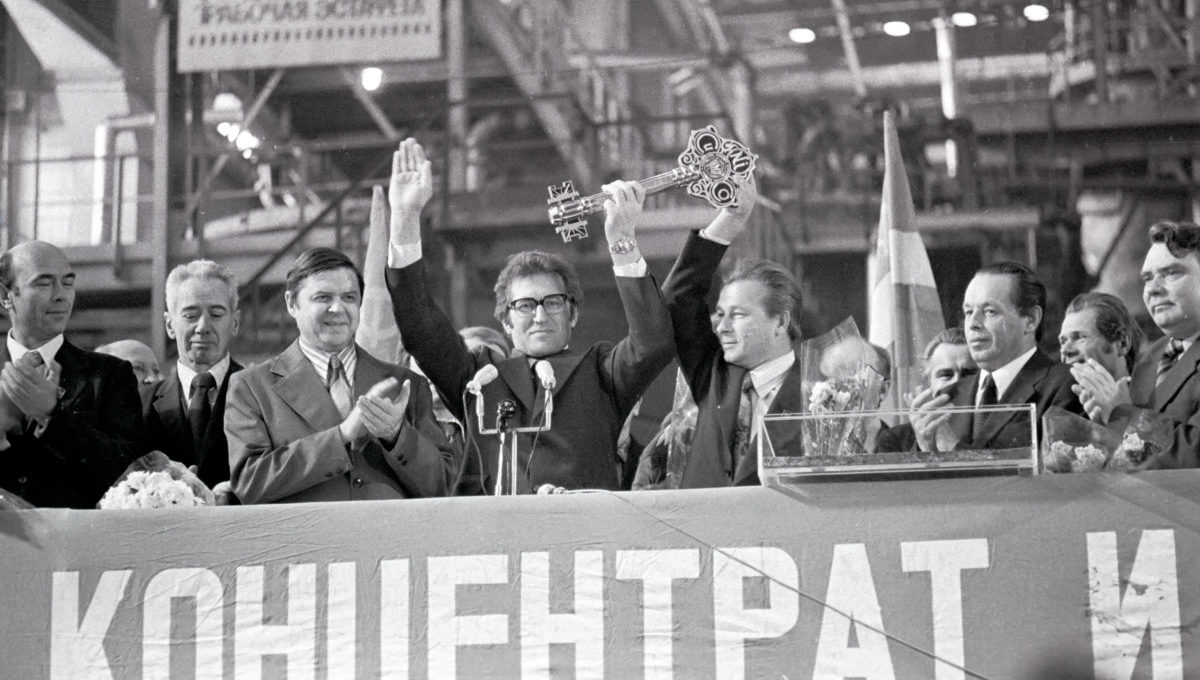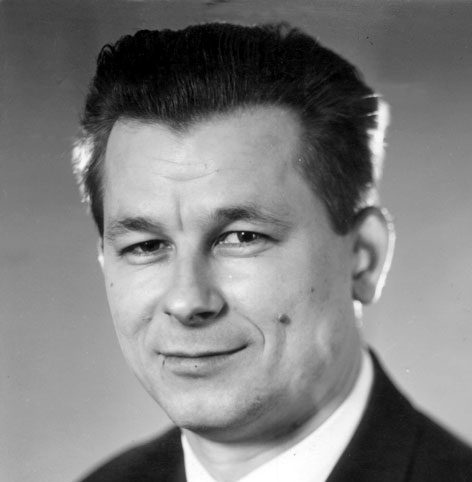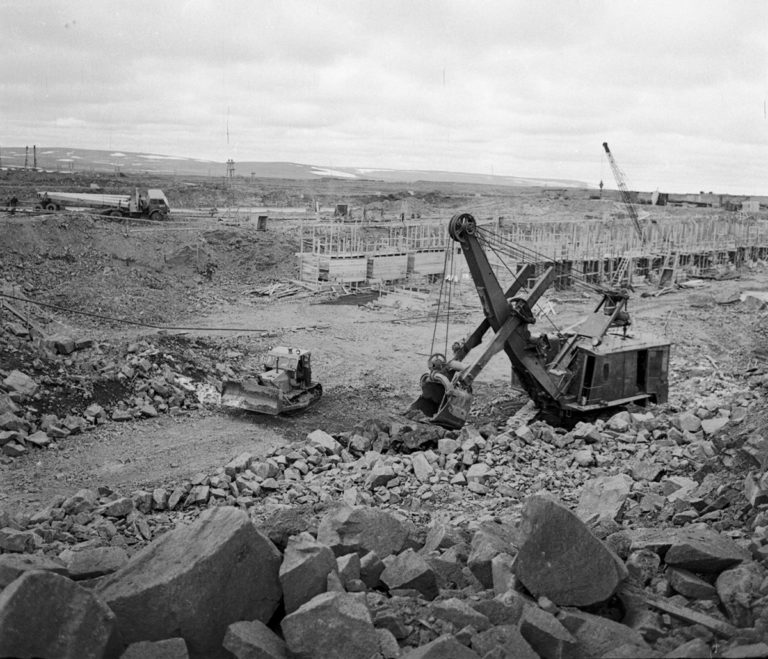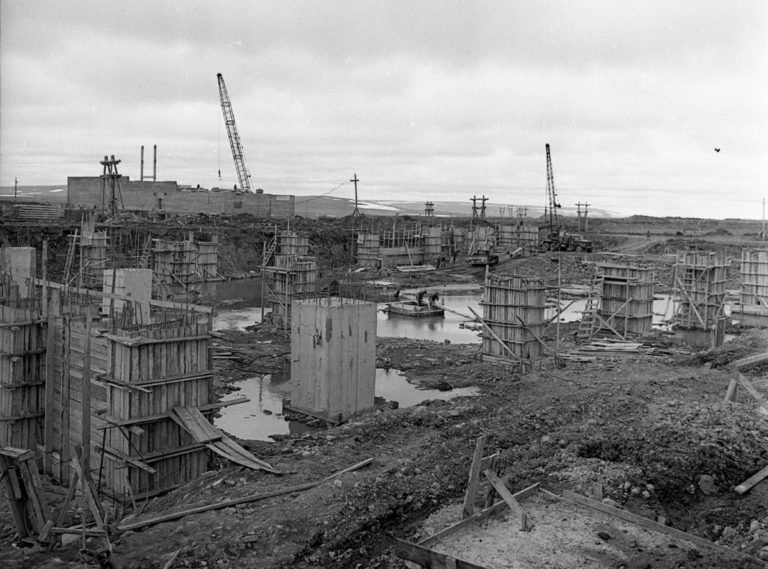#ARCTIC. #SIBERIA. THIS IS TAIMYR. The scholarship was not enough: he collected cloudberries for sale outside Sevastopolskaya street, at a ruble per glass.
Albert Voronov went to work in the Nickel plant’s chlorine-cobalt workshop after the technical school. He lived in a hostel and had a bed in the corridor: there weren’t enough places. But in 1959, at the age of 22, the young initiative Voronov became the plant’s hydrometallurgical department’s head.
In 1963, the young engineer Voronov after graduation from the All-Union Correspondence Polytechnic Institute was sent to Cuba, where a new nickel plant named after Pedro Soto Alba was preparing to launch. The only Russian specialist headed the construction’s technical department: up to 70 people were subordinate, it was difficult to speak Spanish, and there was no one to consult with. Nevertheless, two plant’s lines were put into operation during the year.
In 1968, this path led the young engineer to a conversation with the Norilsk Combine’s director Vladimir Dolgih. It was about the pyrrhotite concentrate’s processing, which laid down as a dead weight in tailings before the Nadezhda metallurgical plant’s construction, there was no extraction technology. Then Dolgih said:
You must build a new plant for us, from the beginning to the end. I ask you, and you think about it.
The former Nadezhda’s chief engineer Vladimir Polosuhin told:
Voronov was a motor man. It was not easy to launch such production. Albert set the task for the engineering corps: to master the pyrrhotite concentrate’s processing technology for the first time in the world! At that time, pyrrhotite concentrate was a ‘bottleneck’ at the plant: during the development of the Oktyabrsky deposit at an accelerated pace, a large amount of pyrrhotite was removed from the technological cycle. The remaining unused raw materials which contained noble, non-ferrous and precious metals were collected in storage tanks. And this raw material laid like a dead weight not working for the final product’s output.
This new technology had to be launched at the new plant, otherwise the Talnah geologists and miners’ efforts would have been wasted. In 1969 Voronov became central laboratory for autoclave processes’ the head. He started from scratch, built a building, chose people, the main criteria were education, youth and initiative.
The main laboratory’s task was to work out the future plant’s hydrometallurgy technological scheme. Trial bumps were stuffed and the first errors were corrected on a semi-industrial installation, which was the Nadezhda’s first stage’s small copy. The hydrometallurgical division’s foundations were tested in the laboratory. In 1974, at the age of 37 Voronov became the Nadezhda’s head.
In 1981, Albert Voronov handed over the watch to the new Nadezhda’s head Johnson Hagazheev. Voronov left for Leningrad, where he became a laureate of the USSR State Prize for pyrrhotite concentrates, for Nadezhda.
In the History Spot photo project previous publication, we told about the geologist Viktor Kravtsov.
Follow us on Telegram, VKontakte.
Text: Svetlana Ferapontova, Photo: Nornickel Polar Division archive








